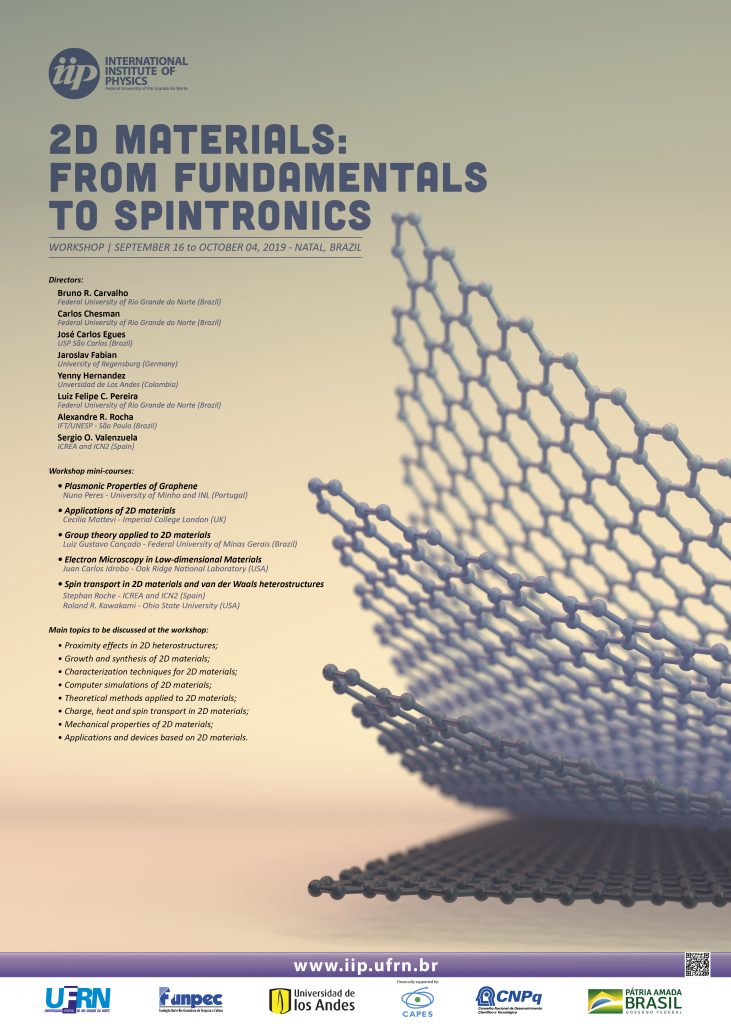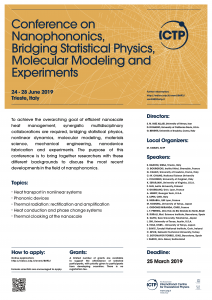Our fourth publication of 2020 “Electronic, optical and thermoelectric properties of boron-doped nitrogenated holey graphene” has just been published in Physical Chemistry Chemical Physics.
Following-up form our previous publications on the physical properties of nitrogenated holey graphene (NHG), we now employed first principles calculations to investigate the electronic, optical, and thermoelectric properties of ten boron-doped NHG monolayers. We find that most of the proposed structures remain stable during ab initio molecular dynamics simulations, in spite of their increased formation energies. Density functional theory calculations employing a hybrid functional predict band gaps ranging from 0.73 eV to 2.30 eV. In general, we find that boron doping shifts optical absorption towards the visible spectrum, and also reduces light reflection in this region. On the other hand, the magnitude of optical absorption coefficients are reduced. Regarding the thermoelectric properties, we predict that boron doping can enhance the figure of merit ZT of NHG by up to 55%. Our results indicate that boron-doped NHG monolayers may find application in solar cells and thermoelectric devices.
This work results from collaboration with colleagues at Universidade Federal do Rio Grande do Norte, Universidade Federal da Paraíba, and Leibniz Universität Hannover. Most calculations were carried out within our research group at UFRN, and we are grateful for the computational support provided by the local supercomputing center NPAD.






